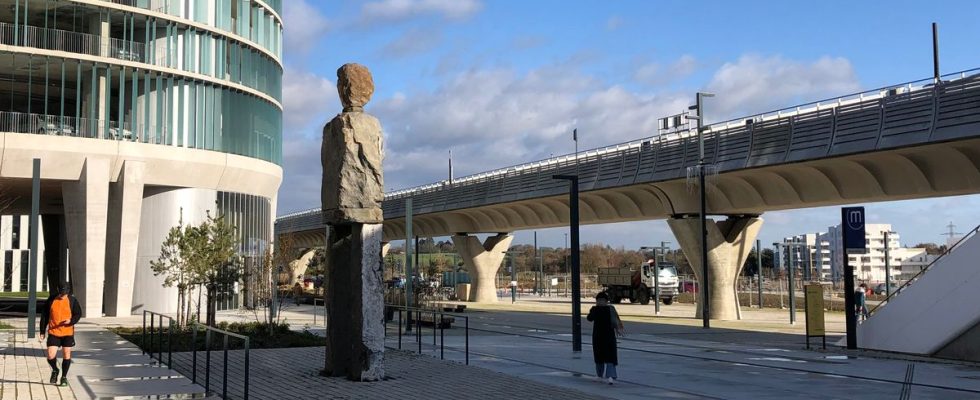Building or remodeling a city takes time, that famous long time advocated by elected officials and urban planners. In Rennes, however, it did not take long to unravel the major ViaSilva urban project. It all started in 2009 with the award by the Ministry of Ecology of the EcoCité label to this vast district set up as a model for the cities of tomorrow. On an area of 650 hectares located in the municipalities of Cesson-Sévigné, Rennes and Thorigné-Fouillard, the ViaSilva project was to accommodate 40,000 inhabitants and 25,000 jobs by 2040. “We are creating a city in nature, in this area intra-ring road relatively free of any urbanization”, indicated Michel Bihan, former PS mayor of Cesson-Sévigné.
Fifteen years later, the project was largely revised downwards. An approach initiated by Albert Plouhinec, various right-wing mayor of Cesson-Sévigné from 2014 to 2020, and continued by his successor Jean-Pierre Savignac. In its new version, the new ViaSilva urban project only provides for the construction of 6,000 housing units, or around 12,000 inhabitants. “But I think there will perhaps be fewer and not everything will be finished in 2040,” recognizes Jean-Pierre Savignac, who inaugurated the project house on Tuesday located in the heart of the district.
A perimeter divided by three
Highly criticized and described as “ecocide” by certain opponents, who denounced the destruction of agricultural land, the project also saw its perimeter divided by three. It now covers an area of 200 hectares, including 60 hectares of natural spaces. “The zero net artificialization law requires us to be more frugal with land use and to develop differently,” underlines Antoine Monnerie, deputy general director of the local public development company (SPLA) ViaSilva.
At the end of 2022, the municipality of Thorigné-Fouillard also decided to jump ship by selling its shares. In the initial project, the municipality was to accommodate 2,000 inhabitants of the future ViaSilva district as well as an activity zone of approximately 25 hectares at the Tizé gate. But this last operation now being managed by the metropolis, the mayor of Thorigné-Fouillard therefore preferred to withdraw from the ViaSilva project which was “no longer of great interest” for his municipality.
Demand for offices does not weaken
On paper, ViaSilva no longer has much to do with the original project. “We chose a different densification by favoring small collectives and focusing on low-carbon construction,” explains Jean-Pierre Savignac. With the entry into service of metro line B, the district has seen its first residents arrive in recent months with 600 housing units which have so far been delivered.
But wandering around the streets a little, it is mainly offices that are springing up like mushrooms, completely transforming this district on the edge of the countryside. In the coming weeks, nearly 2,000 new employees from the Capgemini and Sopra Steria groups will be based there. “And this will continue because demand is not weakening in the tertiary sector,” assures the mayor of Cesson-Sévigné.

